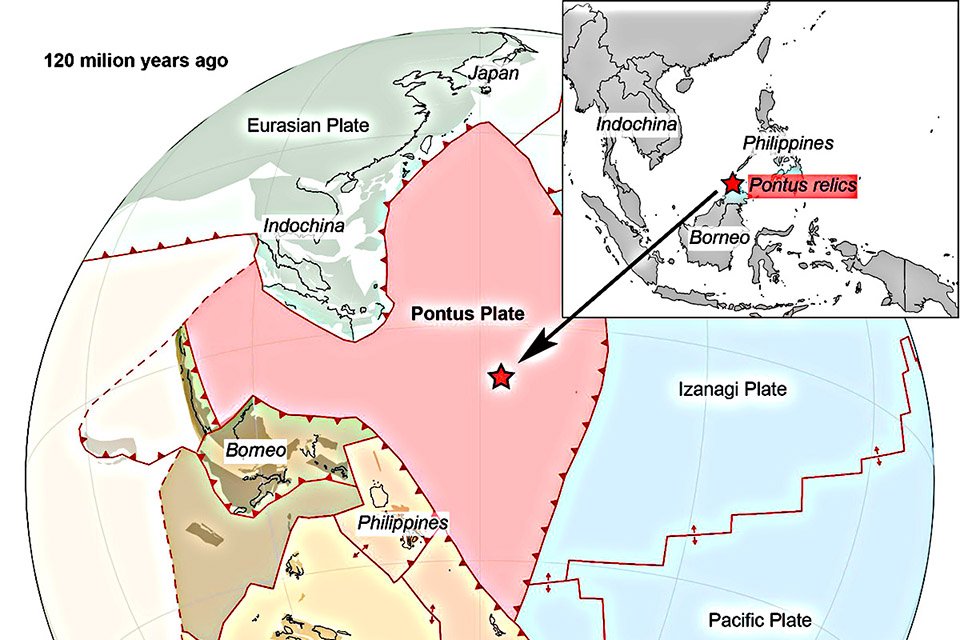A geologist at the University of Utrecht (UU) in the Netherlands thought he was working with fragments of a known tectonic plate when he made a major geological discovery: a huge piece of the Earth’s crust, one-quarter the size of the current Pacific Ocean. This mega plate, dating back 160 million years, had been sought by colleagues for more than a decade.
The discovery’s author, Suzanna van de Lagemaat, had been working on reconstructing the missing plates using old field surveys and identification data from the mountain belts of Japan, Borneo, the Philippines, New Guinea and New Zealand. While examining the oceanic remains of Borneo, the researcher noticed similarities with the hitherto detected ancient plate, which scientists called Pontus.
According to van de Lagemaat, who will present the research as a doctoral thesis on October 13, the magnetic laboratory examination showed that the rocks he examined in northern Borneo “They appeared much further north and must be remnants of a different and previously unknown plate.”.
Reconstruction of the Pontic tectonic plate
When Pangea, the original landmass, broke apart 175 million years ago, the Pontic plate was swallowed by the plates overlying it over millions of years, dragging Borneo and the Philippines to their current locations. Van de Lagemaat’s research focused on the so-called crossroads stretching from Japan to New Zealand, passing through Borneo, the Philippines and New Guinea.
However, unlike previous reconstructions of the junction, van de Lagemaat and his consultant Douwe van Hinsbergen did not use paleogeomagnetic data. Choosing to consider the entire Western Pacific region and the Panthalasssa superocean before it, and surrounded Pangea.
“We assumed the simplest plate model with the fewest number of plate boundaries required to explain current geology,” the research duo explain in the paper published in the journal Gondwana Research.
The relevance of the discovery of the new tectonic plate
Previous predictions about the existence of the Pontic plate were only possible for the following reasons: When a tectonic plate undergoes subduction, it leaves a type of “fingerprint” as it sinks into the Earth’s mantle.: regions with specific temperatures or compositions. These anomalies are noticed when seismographs capture earthquake signals, and the signals are interrupted at these points.
Based on these data, nearly 11 years of study conducted at the same UU revealed that a so-called major subduction zone may have crossed the Paleo-Pacific Ocean.This separated all known plates in the eastern region from the hypothetical Pontic plate in the west.
This is why current research is so important. “It was only after Suzanna systematically reconstructed half of the ‘Ring of Fire’ mountain belts from Japan to New Guinea and New Zealand that the proposed Pontic plate revealed itself and included the rocks we studied in Borneo,” van Hinsbergen said. he emphasizes.
Did you like the content? So, stay updated with more topics like this on TecMundo and get the opportunity to also explore Zealand, the hypothetical continent that has become real.
Source: Tec Mundo
I’m Blaine Morgan, an experienced journalist and writer with over 8 years of experience in the tech industry. My expertise lies in writing about technology news and trends, covering everything from cutting-edge gadgets to emerging software developments. I’ve written for several leading publications including Gadget Onus where I am an author.













